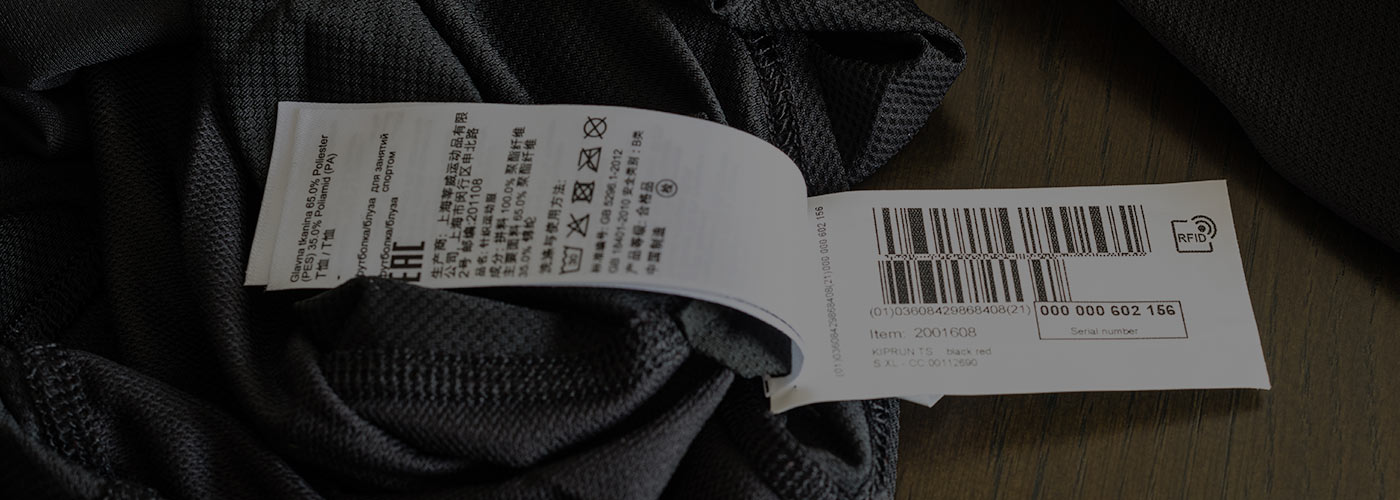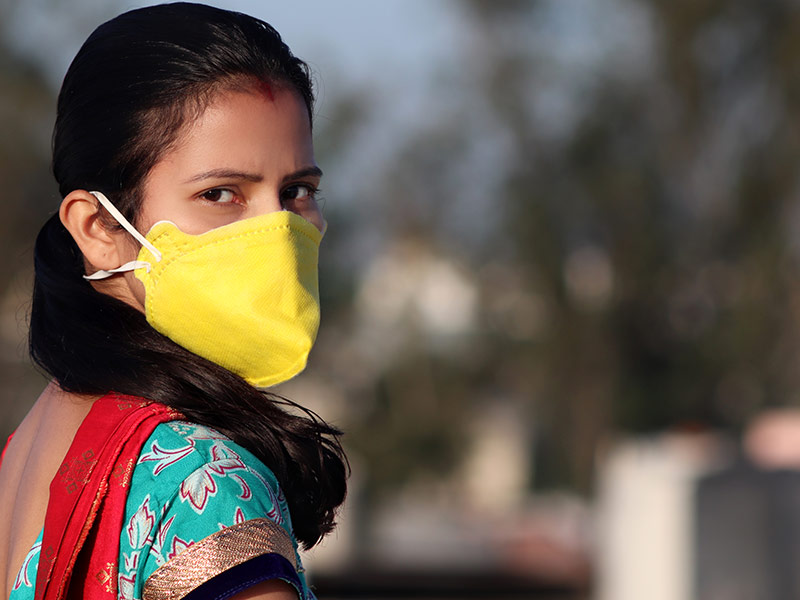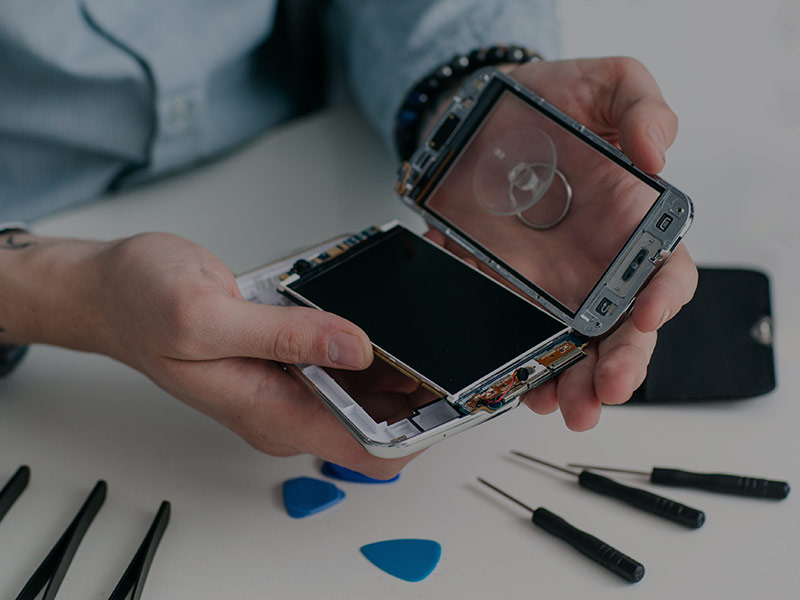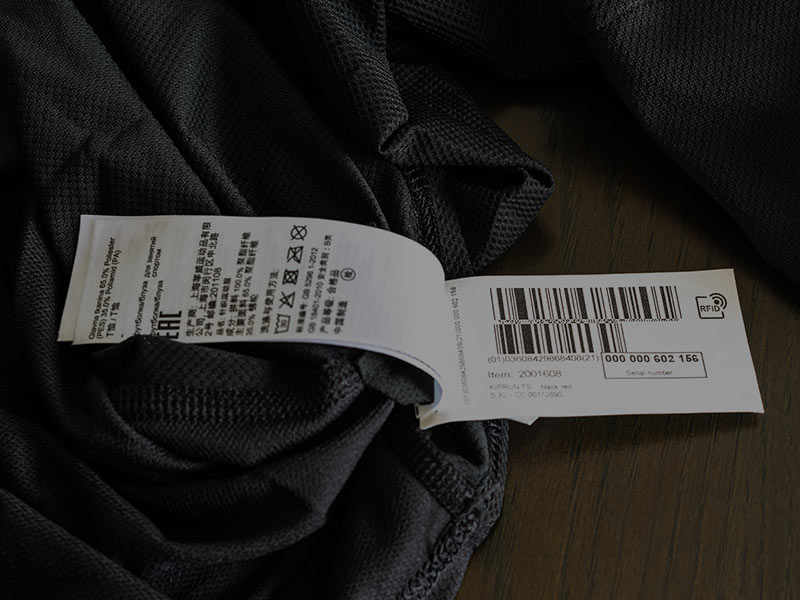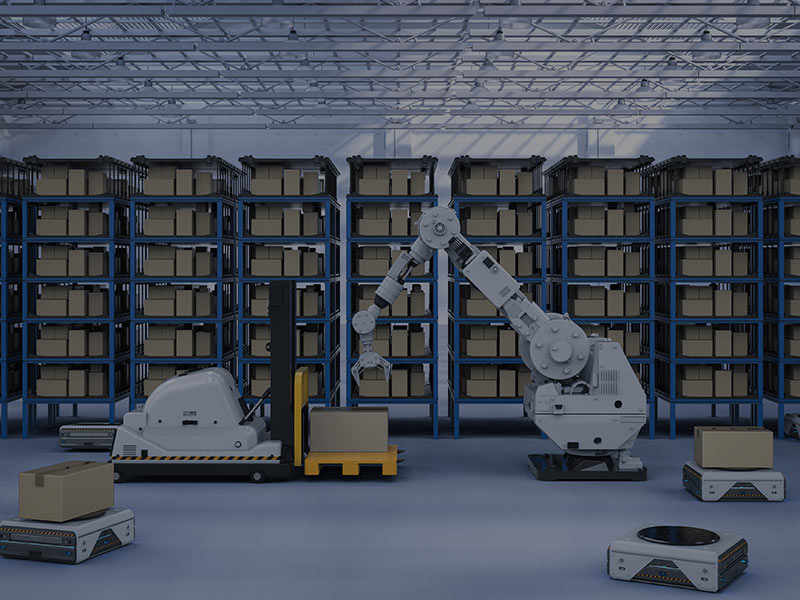
The global fashion industry has been criticized for a lack of transparency, heavy use of resources, and its growing role in the global waste crisis. Part of the problem has been a lack of standardized information about the attributes of each item of clothing that could be used to facilitate reuse and recycling. New data standards, technological innovations, and supportive policies may be about to change that—assuming that consumers embrace the idea.
What's New
Until recently, when an item of clothing was sold, its relationship with the brand generally came to an end. The amount of ongoing value that a brand could derive from a piece of clothing has been limited. The ability to reuse its material components at the end of life has been hampered by a lack of sufficient and standardized information.
The recent development of new data standards, innovations in digital labeling technologies, and growing policy support for digitally-enabled circular economy models could change this. In the future, more and more clothes may include a “digital passport”—whether in the form of a QR code or a hardware tag (e.g. NFC, RFID, or Bluetooth)—with detailed data about the individual product. These will enable the continuous identification and monetization of apparel products through circular business models like rental, repair, resale, and recycling.
For example, information about the material components of clothing, such as fibers and dyes, will facilitate efficient management of the product’s material components through processes like disassembly and recycling. Product information, such as brand, color, and manufacturer’s suggested retail price, will help enable identification of the product in order to facilitate the ongoing management, circulation, and monetization of the asset.
One of the most notable initiatives at the heart of this transition is the new CircularID™ Protocol, developed by leading fashion brands, retailers, and other stakeholders across the value chain under the aegis of Eon, a connected products technology startup.
The CircularID Protocol will provide a common language for brands to communicate across the lifecycle about fashion products. It establishes essential product and material data and introduces a consistent format for describing it. While Eon’s connected products platform will create digital passports for products leveraging the CircularID Protocol, Eon will make the CircularID Protocol open and available to the industry to power data exchange across the circular value chain. While this will initially focus on fashion, apparel, and retail, over time, this could expand to other industries like furniture, textiles, and home goods.
The use of digital product passports is being accelerated by new government policies and industry initiatives. For example, the European Commission is launching a common European Dataspace for Smart Circular Applications to accelerate the digitalization of value chain and product information data, such as digital product passports. And in the U.S., the American Apparel and Footwear Association is calling for an overhaul to apparel and footwear labeling rules in order to embrace the use of digital labels.
Signals of Change
New smartphones can now scan near field communication (NFC) chips natively, without the need for an app. The COVID-19 pandemic is intensifying consumer demand for contactless payment technologies. The proliferation of this technology will make it possible for consumers to effortlessly interact with smart labels in clothing.
In October 2020, Avery Dennison announced a partnership with Certilogo, a digital authentication platform, to create digital apparel labels that allow consumers to verify whether an item of clothing is authentic. They intend for the labels to enable the circular economy.
Technology company Wiliot has created a battery-free, postage stamp-sized Bluetooth sensor tag that harvests energy from ambient radio frequencies. This could eventually enable the creation of true “digital twins” for clothing—digital representations of the clothing that would be updated in real time.
Fast Forward to 2025
What’s most interesting to me, as part of an apparel design team, has been watching how the evolution of monetization models have changed how we design...
The Fast
Forward
BSR Sustainable Futures Lab
Business Implications
For fashion brands, the primary mode of revenue generation is the sale of new product, a model where brands rely on selling more product to increase revenues. Today, the landscape is shifting. This shift is being driven by a confluence of factors, including resource constraints, external pressure to reduce brands’ environmental impact, enabling technology and increasing consumer interest in sustainability and new models of ownership.
In 2019, the clothing resale industry grew 25 times faster than the broader retail industry and is expected to overtake the traditional thrift and donation segment by 2024, growing five times more over the next five years.
A shift to a more circular model, including transforming end-of-life clothing into raw materials for new clothing, would create even more value from the same material. Yet the original manufacturer captures little if any of this new value.
Digitally connected clothing will enable entirely new business models for apparel, whereby brands will be associated with the ongoing value of their assets and can generate value across the entire product lifecycle.
A unique digital passport for products, powered by a connected products platform such as Eon’s and leveraging the the CircularID Protocol, will give brands the ability to manage re-commerce (through identification and authentication of products) and to establish an ongoing service relationship with the consumer. This will in turn enable customers to easily access networks for product care, resale, and other services. It will also help build the marketplace for recaptured materials, such as fiber and dyes, that can be used by brands as inputs into new products.
This data-centric shift to circularity will also provide brands with much greater product-level business insights and will change incentives away from wasted resources and toward durability and efficiency. There is the possibility that a digital passport could enable money to flow more equitably through the value chain, not only to the brand but to the individual makers who were involved in the creation of a product.
Sustainability Implications
It’s no secret that global fashion has become one of the more wasteful industries on the planet. The trendiness that drives sales, especially of fast fashion, leads inexorably to growing waste that depletes resources, burns carbon, and pollutes the environment—the industry is responsible for 20 percent of global water waste and 20 percent of industrial water pollution worldwide.
A shift to more circular models of consumption is essential to mitigate the negative environmental impacts of fashion production, consumption, and disposal. However, a shift to circular fashion could have negative social impacts if not designed and managed to prioritize inclusion.
A transition to more circular models may reduce the overall volume of labor needed in primary production. This could threaten the livelihoods of many workers in traditional apparel producing countries, especially women.
For industry to achieve the vision of a circular economy requires a connected system where products and materials can be identified, managed and monetized. A shared language for digitization, and the introduction of connected products, makes it possible to solve for the barriers to interconnectivity essential to make circular systems possible. Connected products make it possible for brands and circular partners to access and exchange essential data essential to circular business models, such that brands can monetize and recapture products and materials to keep all assets in flow. By enabling brands to keep control of their assets, digitization is set to change the business model of fashion retail.
In addition, women workers may experience negative impacts if the shift to more circular practices prioritizes men in the demand for new roles, such as logistics and automation, without upskilling for women workers or if informal labor practices, such as waste picking, are expanded without adequate labor protections.
There are a number of actions that companies can take to help ensure a transition to circular fashion that is socially inclusive.
First, sustainability teams should conduct a mapping of where marginalized and vulnerable populations are both represented and excluded within circular business models as employees, entrepreneurs, customers, and community members, particularly with respect to decision-making roles. This intersectional approach will help the company better understand the social landscape in which the business model is operating.
In addition, sustainability teams should engage with stakeholders through formal and informal channels to design circular models that are responsive to their different needs and wants. Businesses should also build in accountability structures to ensure social issues are considered throughout circular fashion models. Companies should work with partners to build awareness and capacity amongst decision-makers and create conditions to scale circular business models. And businesses should align social justice and diversity and inclusion goals with circular strategies. This will help speed up a sustainable transition to circular economies and support local communities and workers to respond and benefit from the transition.
One final question concerns consumer privacy. The CircularID Protocol calls for data about the product, not the consumer. However, once the product’s digital identity is created, connected products platforms could seek to capture data about consumer usage.
New technologies, such as battery-free Bluetooth sensors, could eventually be used to continuously monitor the use of products and send that information to the cloud. While this data could have significant business and sustainability benefits, robust safeguards would be needed to protect consumer privacy.
![]()
Previous issue:
Reimagining Cities
![]()
Next issue:
Costly Consequences for Forced Labor
